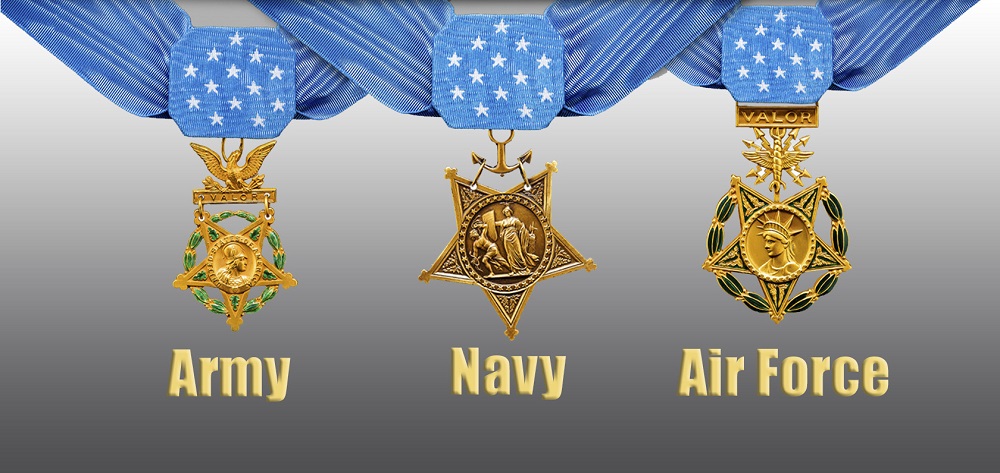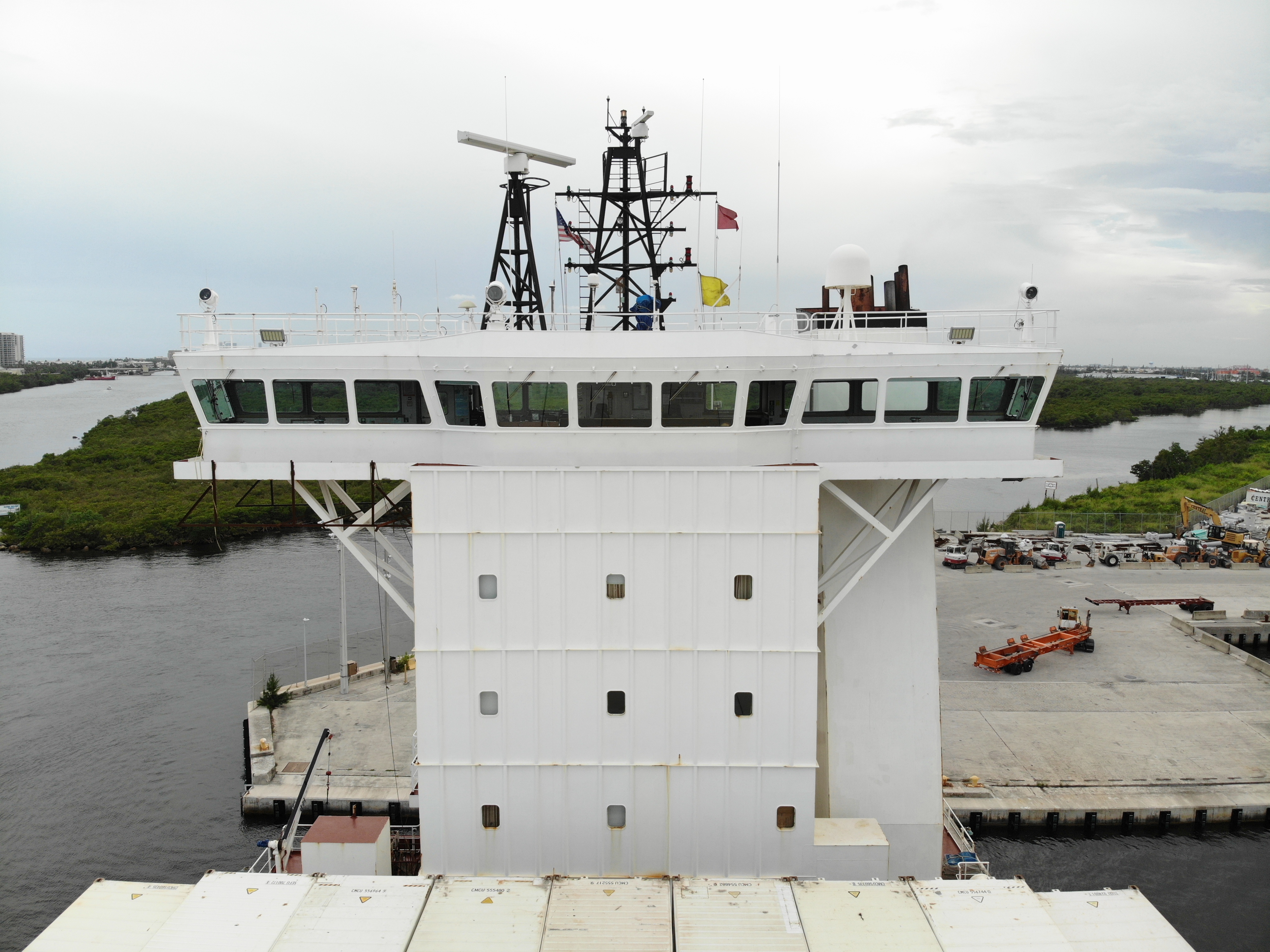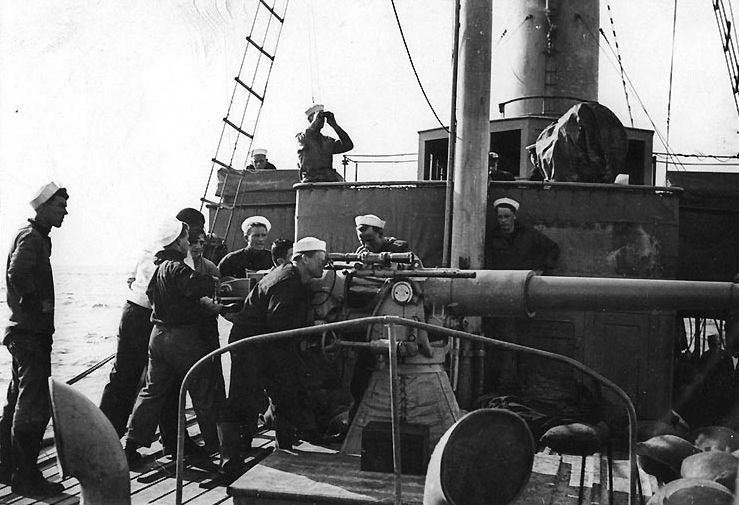|
USS Marvin Shields (FF-1066)
USS ''Marvin Shields'' (FF-1066) was a of the US Navy. The ship was named after the only Seabee to receive the Medal of Honor. CM3 Marvin Glenn Shields was awarded the Medal of Honor during the Vietnam War. Construction ''Marvin Shields'' (DD‑1066) was laid down 12 April 1968, by Todd Pacific Shipyards, Seattle, Washington; launched 23 October 1969, and delivered 1 April 1971; cosponsored by Mrs. Victoria Cassalery and Mrs. Richard A. Bennett; commissioned 10 April 1971 by Capt William J. Hunter. Design and description The ''Knox''-class design was derived from the modified to extend range and without a long-range missile system. The ships had an overall length of , a beam of and a draft of . They displaced at full load. Their crew consisted of 13 officers and 211 enlisted men. The ships were equipped with one Westinghouse geared steam turbine that drove the single propeller shaft. The turbine was designed to produce , using steam provided by 2 C-E boilers, to reach ... [...More Info...] [...Related Items...] OR: [Wikipedia] [Google] [Baidu] |
Marvin Glenn Shields
Marvin Glenn Shields (December 30, 1939 – June 10, 1965) was the first and only United States Navy Seabee (US Navy), Seabee to be awarded the Medal of Honor. He was also the first sailor to receive the Medal of Honor for heroism above and beyond the call of duty in the Vietnam War. Biography Marvin G. Shields was born December 30, 1939, in Port Townsend, Washington. He lived near Port Townsend on Discovery Bay, Washington, Discovery Bay in Gardiner, Washington. He graduated from Port Townsend High School in 1958 and had moved to Hyder, Alaska, where he worked at Mineral Basin Mining Company, a gold mining project started by Port Townsend company. U.S. Navy Seabees He joined the Navy on January 8, 1962, to be a Navy Seabee. He was assigned to the Naval Air Station Glynco, Naval Air Station at Glynco, Georgia for apprenticeship training in May which he completed in May 1963. In September, he was assigned to take Construction Mechanic training at the Naval Construction Battal ... [...More Info...] [...Related Items...] OR: [Wikipedia] [Google] [Baidu] |
Medal Of Honor
The Medal of Honor (MOH) is the United States Armed Forces' highest military decoration and is awarded to recognize American soldiers, sailors, marines, airmen, guardians and coast guardsmen who have distinguished themselves by acts of valor. The medal is normally awarded by the president of the United States, but as it is presented "in the name of the United States Congress", it is sometimes erroneously referred to as the "Congressional Medal of Honor". There are three distinct variants of the medal: one for the Department of the Army, awarded to soldiers, one for the Department of the Navy, awarded to sailors, marines, and coast guardsmen, and one for the Department of the Air Force, awarded to airmen and guardians. The Medal of Honor was introduced for the Department of the Navy in 1861, soon followed by the Department of the Army's version in 1862. The Department of the Air Force used the Department of the Army's version until they received their own distinctive version i ... [...More Info...] [...Related Items...] OR: [Wikipedia] [Google] [Baidu] |
Mark 32 Surface Vessel Torpedo Tubes
Mark 32 Surface Vessel Torpedo Tubes (Mk 32 SVTT) is a torpedo launching system designed for the United States Navy. History The Mark 32 has been the standard anti-submarine torpedo launching system aboard United States Navy surface vessels since its introduction in 1960, and is in use aboard the warships of several other navies. During the FRAM Program, , and destroyers were modernized and fitted with two Mark 32 torpedo tubes on each side of their midship. The torpedo tubes' service extended to multiple other countries such as Mexico, South Korea, Taiwan, Turkey, Egypt and many more due to the fact that decommissioned American ships were bought or transferred over to them throughout the years, notably s. Japan uses the HOS-301 torpedo tubes which are redesignated version of the Mark 32. Design Most versions (referred to as modifications or mods) are triple-tube sets that can be rotated or trained to face a target. The exception is the Mod 9 sets, which only have two ... [...More Info...] [...Related Items...] OR: [Wikipedia] [Google] [Baidu] |
Bridge (nautical)
The interior of the bridge of the Sikuliaq'', docked in Ketchikan, Alaska">RV_Sikuliaq.html" ;"title="Research Vessel ''RV Sikuliaq">Sikuliaq'', docked in Ketchikan, Alaska file:Wheelhouse of Leao Dos Mares.jpg, Wheelhouse on a tugboat, topped with a flying bridge The bridge, also known as the pilothouse or wheelhouse, is a room or platform of a ship from which the ship can be commanded. When a ship is under way, the bridge is manned by an officer of the watch aided usually by an able seaman acting as a lookout. During critical maneuvers the captain will be on the bridge, often supported by an officer of the watch, an able seaman on the wheel and sometimes a pilot, if required. History and etymology The compass platform of a British destroyer in the Battle of the Atlantic during the Second World War with central binnacle">Second_World_War.html" ;"title="Battle of the Atlantic during the Second World War">Battle of the Atlantic during the Second World War with central bin ... [...More Info...] [...Related Items...] OR: [Wikipedia] [Google] [Baidu] |
3-inch/50-caliber Gun
The 3"/50 caliber gun (spoken "three-inch fifty-caliber") in United States naval gun terminology indicates the gun fired a projectile in diameter, and the barrel was 50 calibers long (barrel length is 3 in × 50 = ). Different guns (identified by Mark numbers) of this caliber were used by the U.S. Navy and U.S. Coast Guard from 1890 through to 1994 on a variety of combatant and transport ship classes. The gun is still in use with the Spanish Navy on ''Serviola''-class patrol boats. Early low-angle guns The US Navy's first 3"/50 caliber gun (Mark 2) was an early model with a projectile velocity of per second. Low-angle (single-purpose/non-anti-aircraft) mountings for this gun had a range of 7000 yards at the maximum elevation of 15 degrees. The gun entered service around 1900 with the s, and was also fitted to s. By World War II these guns were found only on a few Coast Guard cutters and Defensively Equipped Merchant Ships. Low-angle 3"/50 caliber guns (Marks 3, 5, 6 ... [...More Info...] [...Related Items...] OR: [Wikipedia] [Google] [Baidu] |
Boiler
A boiler is a closed vessel in which fluid (generally water) is heated. The fluid does not necessarily boil. The heated or vaporized fluid exits the boiler for use in various processes or heating applications, including water heating, central heating, boiler-based power generation, cooking, and sanitation. Heat sources In a fossil fuel power plant using a steam cycle for power generation, the primary heat source will be combustion of coal, oil, or natural gas. In some cases byproduct fuel such as the carbon monoxide rich offgasses of a coke battery can be burned to heat a boiler; biofuels such as bagasse, where economically available, can also be used. In a nuclear power plant, boilers called steam generators are heated by the heat produced by nuclear fission. Where a large volume of hot gas is available from some process, a heat recovery steam generator or recovery boiler can use the heat to produce steam, with little or no extra fuel consumed; such a configuration is common ... [...More Info...] [...Related Items...] OR: [Wikipedia] [Google] [Baidu] |
Combustion Engineering
Combustion Engineering (C-E) was a multi-national American-based engineering firm that developed nuclear steam supply power systems in the United States. Originally headquartered in New York City, C-E moved its corporate offices to Stamford, Connecticut in 1973. C-E owned over three dozen other companies including Lummus Company, National Tank Company and the Morgan Door Company. The company was acquired by Asea Brown Boveri in early 1990. The boiler and fossil fuel businesses were purchased by Alstom in 2000, and the nuclear business was purchased by Westinghouse Electric Company also in 2000. History Founding Combustion Engineering was organized in 1912 through the merger of the Grieve Grate Company and the American Stoker Company, two well-known manufacturers of fuel burning equipment. The company was originally headquartered on 11 Broadway and at 43 ''-'' 5 ''-'' 7 Broad Street (Manhattan), both in Lower Manhattan. The city block was leased from the Alliance Realty Compa ... [...More Info...] [...Related Items...] OR: [Wikipedia] [Google] [Baidu] |
Propeller Shaft
A drive shaft, driveshaft, driving shaft, tailshaft (Australian English), propeller shaft (prop shaft), or Cardan shaft (after Girolamo Cardano) is a component for transmitting mechanical power and torque and rotation, usually used to connect other components of a drivetrain that cannot be connected directly because of distance or the need to allow for relative movement between them. As torque carriers, drive shafts are subject to torsion and shear stress, equivalent to the difference between the input torque and the load. They must therefore be strong enough to bear the stress, while avoiding too much additional weight as that would in turn increase their inertia. To allow for variations in the alignment and distance between the driving and driven components, drive shafts frequently incorporate one or more universal joints, jaw couplings, or rag joints, and sometimes a splined joint or prismatic joint. History The term ''driveshaft'' first appeared during the mid-19th centu ... [...More Info...] [...Related Items...] OR: [Wikipedia] [Google] [Baidu] |
Steam Turbine
A steam turbine is a machine that extracts thermal energy from pressurized steam and uses it to do mechanical work on a rotating output shaft. Its modern manifestation was invented by Charles Parsons in 1884. Fabrication of a modern steam turbine involves advanced metalwork to form high-grade steel alloys into precision parts using technologies that first became available in the 20th century; continued advances in durability and efficiency of steam turbines remains central to the energy economics of the 21st century. The steam turbine is a form of heat engine that derives much of its improvement in thermodynamic efficiency from the use of multiple stages in the expansion of the steam, which results in a closer approach to the ideal reversible expansion process. Because the turbine generates rotary motion, it can be coupled to a generator to harness its motion into electricity. Such turbogenerators are the core of thermal power stations which can be fueled by fossil-fuels, ... [...More Info...] [...Related Items...] OR: [Wikipedia] [Google] [Baidu] |
Westinghouse Combustion Turbine Systems Division
The Westinghouse Combustion Turbine Systems Division (CTSD), part of Westinghouse Electric Corporation's Westinghouse Power Generation group, was originally located, along with the Steam Turbine Division (STD), in a major industrial manufacturing complex, referred to as the South Philadelphia Works, in Lester, PA near to the Philadelphia International Airport. Before first being called "CTSD" in 1978, the Westinghouse industrial and electric utility gas turbine business operation progressed through several other names starting with Small Steam & Gas Turbine Division (SSGT) in the 1950s through 1971, then Gas Turbine Systems Division (GTSD) and Generation Systems Division (GSD) through the mid-late 1970s. The name CTSD came with the passage of energy legislation by the US government in 1978 which prohibited electric utilities from building new base load power plants that burned natural gas. Some participants in the industry decided to use the name "combustion turbine" in an attempt ... [...More Info...] [...Related Items...] OR: [Wikipedia] [Google] [Baidu] |
Displacement (ship)
The displacement or displacement tonnage of a ship is its weight. As the term indicates, it is measured indirectly, using Archimedes' principle, by first calculating the volume of water displaced by the ship, then converting that value into weight. Traditionally, various measurement rules have been in use, giving various measures in long tons. Today, tonnes are more commonly used. Ship displacement varies by a vessel's degree of load, from its empty weight as designed (known as "lightweight tonnage") to its maximum load. Numerous specific terms are used to describe varying levels of load and trim, detailed below. Ship displacement should not be confused with measurements of volume or capacity typically used for commercial vessels and measured by tonnage: net tonnage and gross tonnage. Calculation The process of determining a vessel's displacement begins with measuring its draft.George, 2005. p.5. This is accomplished by means of its "draft marks" (or "load lines"). A mer ... [...More Info...] [...Related Items...] OR: [Wikipedia] [Google] [Baidu] |
Draft (ship)
The draft or draught of a ship's hull is the vertical distance between the waterline and the bottom of the hull (keel). The draught of the vessel is the maximum depth of any part of the vessel, including appendages such as rudders, propellers and drop keels if deployed. Draft determines the minimum depth of water a ship or boat can safely navigate. The related term air draft is the maximum height of any part of the vessel above the water. The more heavily a vessel is loaded, the deeper it sinks into the water, and the greater its draft. After construction, the shipyard creates a table showing how much water the vessel displaces based on its draft and the density of the water (salt or fresh). The draft can also be used to determine the weight of cargo on board by calculating the total displacement of water, accounting for the content of the ship's bunkers, and using Archimedes' principle. The closely related term "trim" is defined as the difference between the forward and aft ... [...More Info...] [...Related Items...] OR: [Wikipedia] [Google] [Baidu] |








.jpg)
